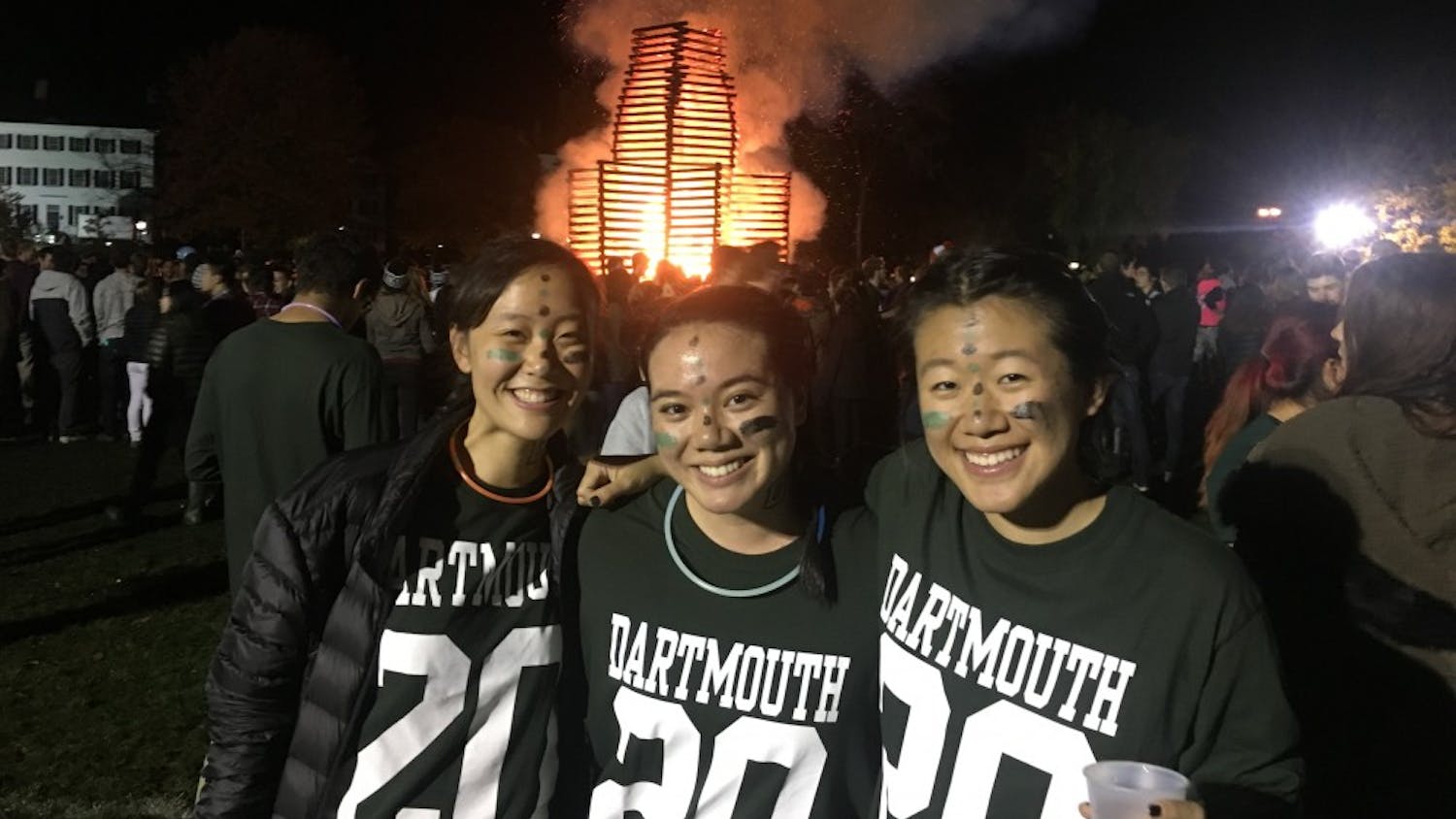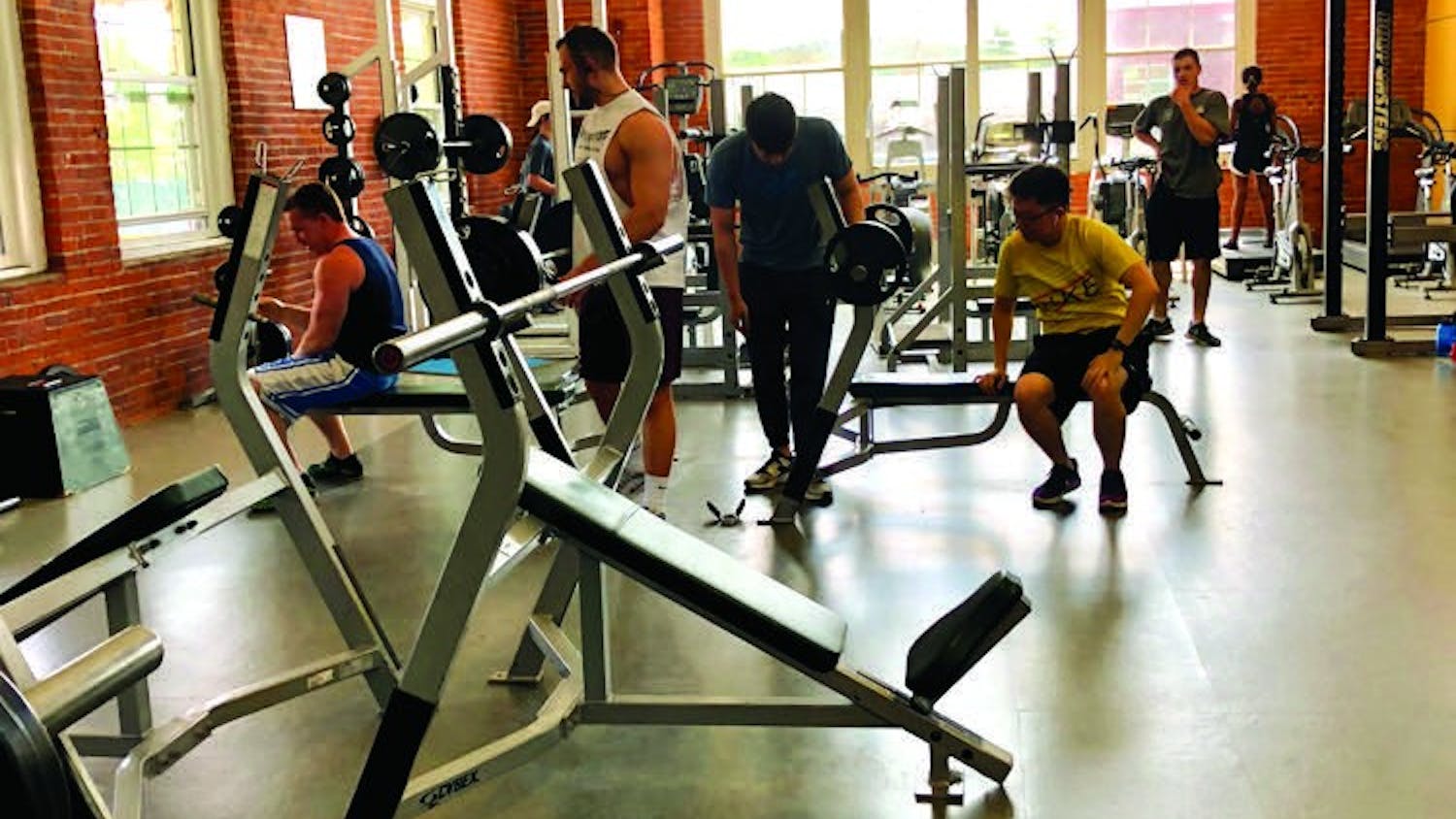Dartmouth’s cornucopia of PE credits is nothing short of wonderful. The martially-inclined can hone their talents with taekwondo; the projectile-prone can refine their accuracy with archery; heck, the dancer in all of us can master the ineluctable romanticism of tango. It’s a smorgasbord of interesting options — but it’s not for everyone. Plenty of Dartmouth students don’t take well to organized physical fitness, some because of scheduling concerns and others because of sheer personal preference. Students who prefer the exhausting comfort of Alumni Gymnaisum do not receive PE credits for their accumulated hours, nor do students who amass a gaggle of their friends and acquaintances to participate in intramural sports. And this is a shame, as it reeks of twisted priorities. What matters more to the campus’s emphasis on fitness: that students are being active or that we’re active on their terms?
For those who are unfamiliar, Dartmouth currently requires all students to earn three credits within the realm of physical education in order to graduate. To some extent, I get it. Our verdant campus falls squarely amidst a gorgeous mountain range and is rife with explorable green space. And for well over a century, our campus, led by the Dartmouth Outing Club, has prided itself on this esteemed history of trailblazing and outdoorsmanship. Our culture is inextricably tied to the outdoors. To that end, it makes perfect sense as to why a century of mountaineering and activity has culminated in a current policy of encouraging and facilitating active (and healthy) lifestyles amongst the student body.
It’s exactly because of this prerogative that I find the currently limited assortment of options to be rather paradoxical in nature. For all activity is not born equal. Quite the contrary, in fact, in the College’s eyes, as only fully organized, club-resembling activities fully merit a PE credit upon completion. How does that work? It’s quite possible that the so-called “gym rat” will dedicate more time to their health and wellness in a given term than would their peers enrolled in a class on badminton. That isn’t to suggest that time equates to quality, mind you, but it does suggest that the College’s current approach to PE credits has woefully overlooked a monumental hemisphere of Dartmouth’s physically active reality: We’re failing to reward students for incorporating individualized (or personalized) physical fitness into their lifestyle. This holds especially salient in the context of Dartmouth’s chaotic blitzkrieg of a schedule, wherein many students simply do not have the time necessary to invest in specifically slotted club sports. Some students who, for example, work long, often inconvenient hours may have difficulty isolating time to participate in, say, the club soccer team amid their academic commitments. Meanwhile, others may simply prefer sporadic, personalized bouts of fitness in the vein of intramural tournaments, which I contend more easily cohere with individual schedules given the wonky or intermittent nature of their occurrence — unlike the more persistent commitments Dartmouth currently maintains.
That our student body is actively exploring healthier lifestyles should supersede any preconceived notions as to how that lifestyle is attained. Club sports should count, but so, too, should the likes of individual exercise and intramural sports. So if we assume that one club PE credit entails 13 approximately two-hour long sessions in a term, we could set the benchmark for gym visitation at 26 hours per term. Intramurals could be a tougher nut to crack, what with how short-lived and seasonal most sports are, but even this possesses a glaringly obvious solution: Make the sessions truly cumulative. Require 26 hours a year as opposed to a term. This way, students will still be able to prioritize certain intramural sports or activities without needing to overcommit themselves within this multipolar, extracurricular tug-of-war. Moreover, implementing a new hour-tracking system wouldn’t require a herculean effort on the part of our administration, given that Dartmouth already requires its student body to “swipe” into Alumni Gymnasium and register for intramural activities. The only real hurdle would come in the form of compiling the requisite database, though such a rudimentary framework could likely be operational in a matter of months, if not weeks. It’s simple; it’s possible; and it coheres with our cultural imperative — a bona fide home run.
Now, I can state without a doubt that a small handful of my fellow students would abuse such well-intended reform. They’d sign in at the gym and browse Amazon or CNN for a few hours in lieu of legitimately stockpiling hours towards their PE credits. However, actually going to Alumni Gymnasium and swiping in serves as an obstacle that would likely deter this behavior; even if it doesn’t, perhaps potential peer pressure from other gym-goers would encourage them to make their time active. After all of that, those students would be the minority. Either way, this change isn’t for them, it’s for the hefty swathe of our student body who would much rather pursue — and are pursuing — physical activity and fitness of their own accord. Exercise is exercise, and it’s about time that we, as an institution, live up to our heritage and recognize this simple truth within our physical education policy.



